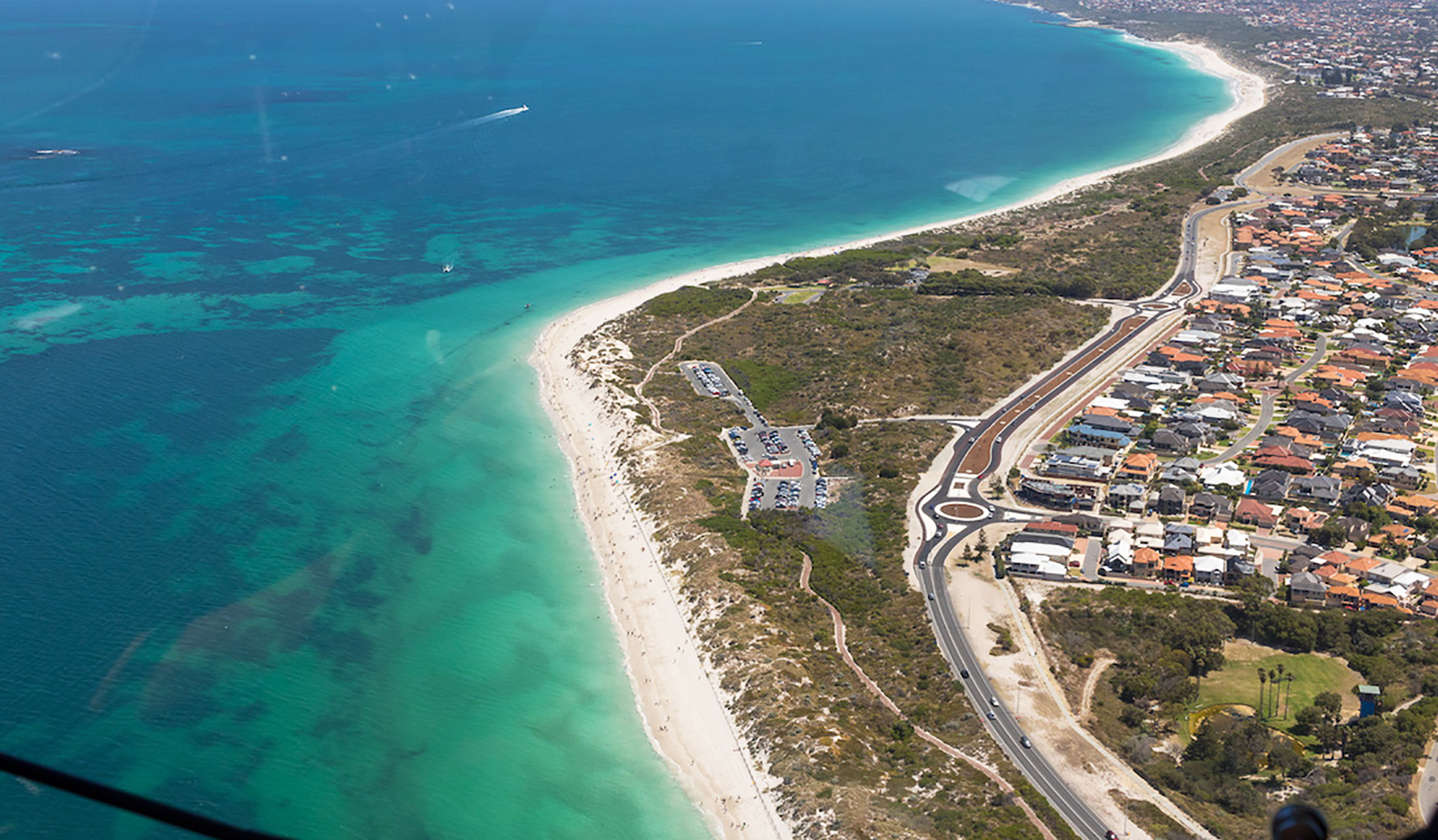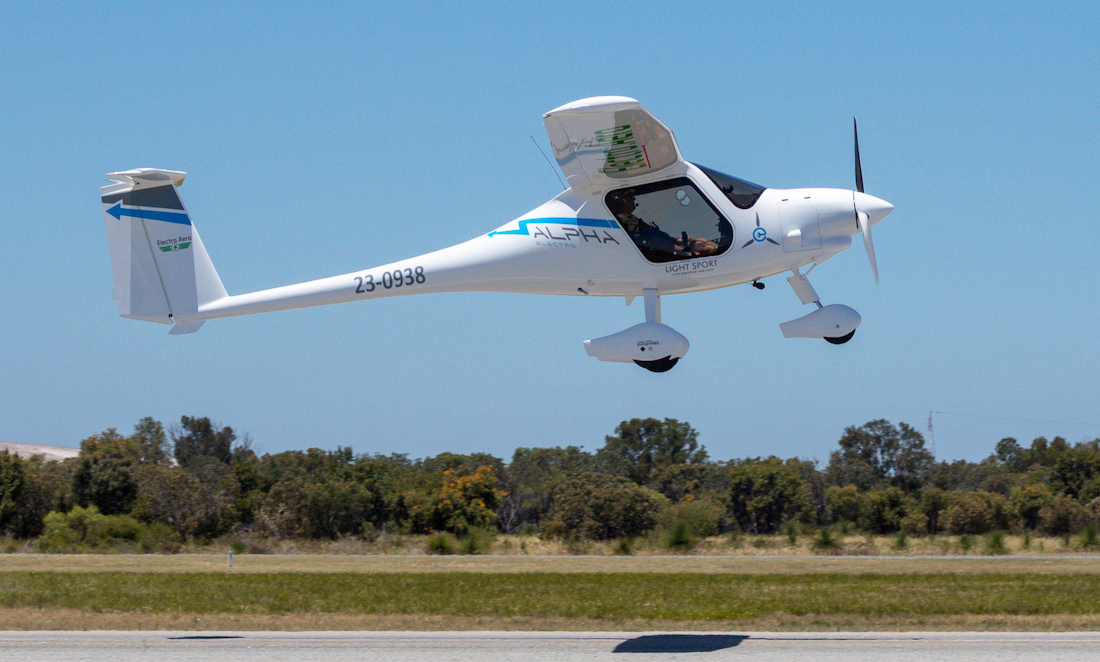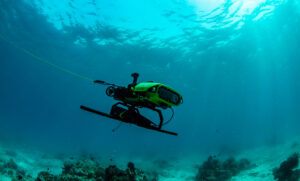When he started his electric plane company, mechatronic engineer Joshua Portlock had a single flight in mind—the Rottnest run.
“I wanted to modernise the Rottnest Air Taxi aircraft to electric so they would be environmentally friendly, more affordable for the masses and quieter,” he says.
“I knew it would take a lot of engineering effort and time to develop and certify electric passenger aircraft.
“So I started Electro.Aero in 2014 to start researching and working on the technology and regulations needed to make electric aircraft a reality.”
Electric feel
Fast forward 5 years, and Electro.Aero is helping plane manufacturers transition from petrol to electric.
The company offers a complete electric propulsion system, including their own ducted fan technology.
They also support manufacturers to refine an aircraft’s design to cater for electric.
“There’s quite a lot of things that change,” says Josh, now Electro.Aero’s Chief Technology Officer.
“They might have to redesign the airframe a little or the nose and layout of the airframe.
“But they can at least choose electric in the next iteration of their aircraft design.”
Electro.Aero also owns and operates a small electric aircraft—a Pipistrel ALPHA Electro.
Last year, they became the first company in the world to obtain certification for an electric light sport aircraft.
Three weeks later, Electro.Aero completed the world’s first cross-country flight of a certified electric light sport plane.
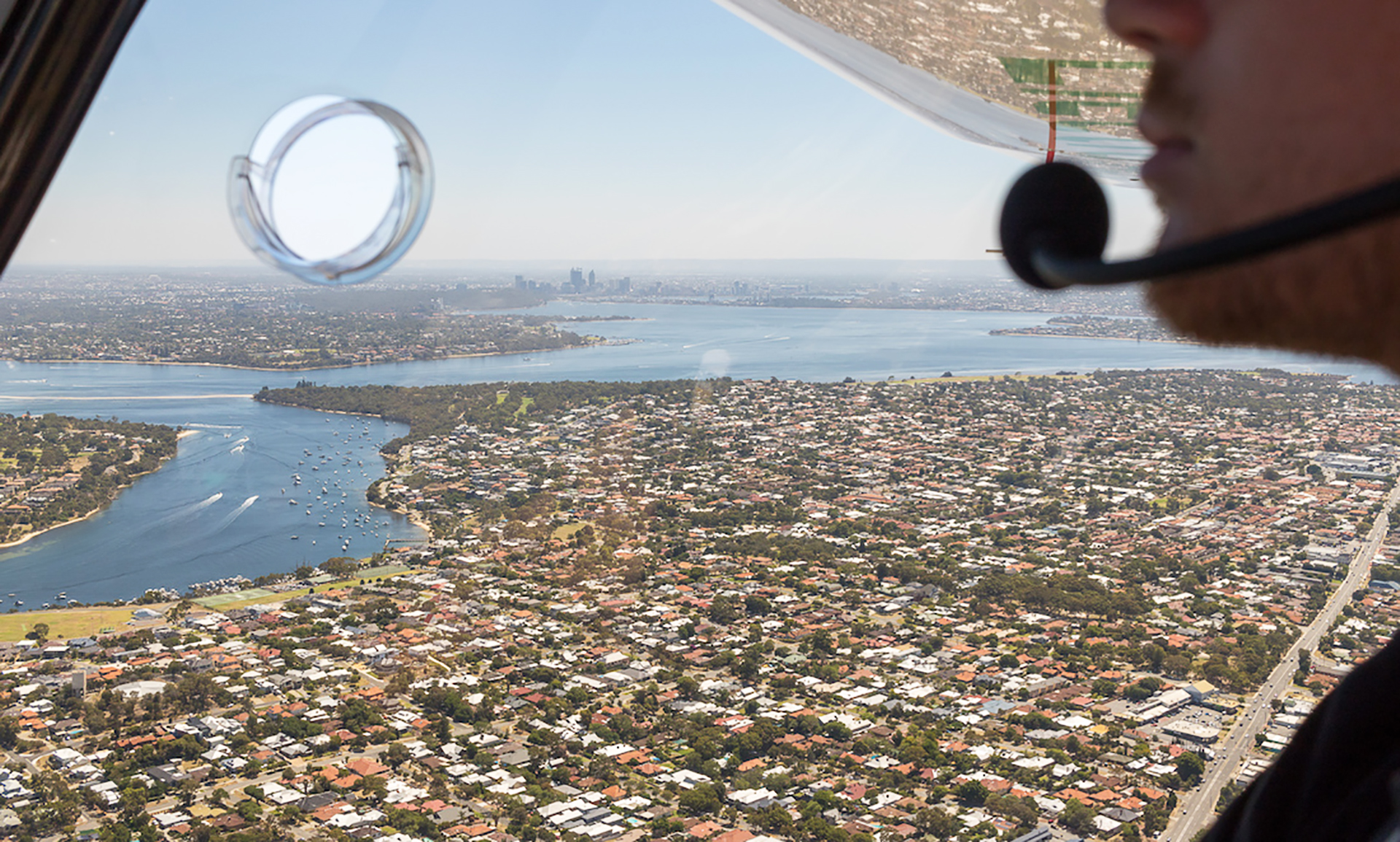
Cheap thrills
Aside from being environmentally friendly, Josh says electric planes are cheap, quiet and comfortable.
He says the aircraft have about a tenth of the energy costs and a quarter of the maintenance costs of their fuel counterparts.
Electric planes are typically inaudible from the ground above 1000 feet (300 metres), and there’s less vibration, heat and noise in the cabin, Josh says.
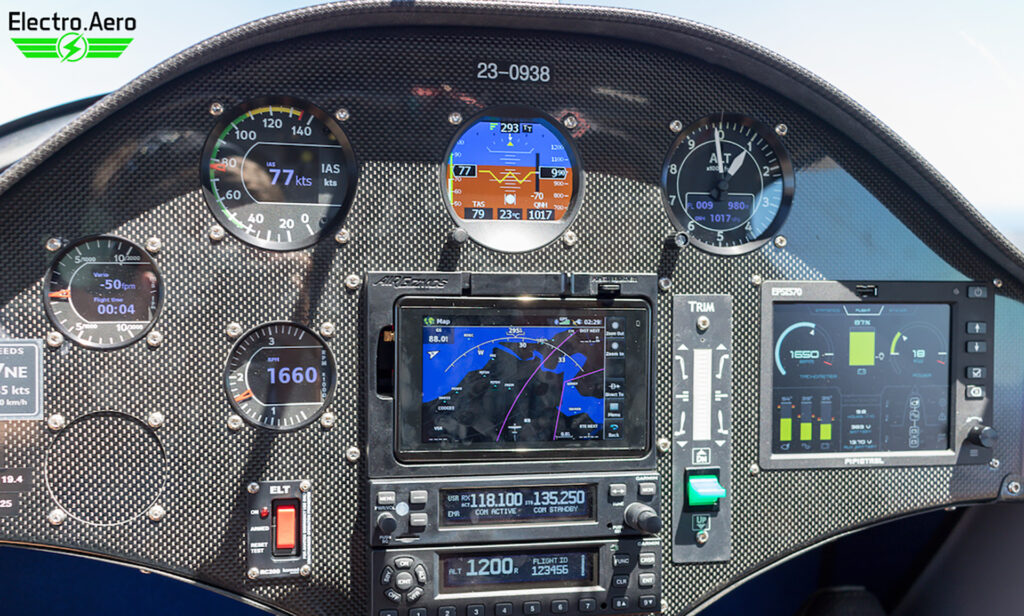
“It’s definitely the start of a revolution [in the aviation industry].”
“It’s starting in the small class of recreational aircraft.
“Then it will work its way up to small charter aircraft and then bigger regional aircraft.”
Leaving on a jet plane
So how long until you can fly to Sydney in an electric plane?
Josh believes batteries alone are unlikely to suit long-range commercial flights across Australia.
“However, 75% of commercial flights are less than 1000 nautical miles [1852 kilometres], which is very achievable with purely battery electric propulsion,” he says.
Josh believes long-range regional airliners will eventually transition to hybrid electric propulsion systems. These long-haul routes could use hydrogen fuel cells for range.
“We see our technology of electric ducted fans scaling up and then the energy source changing from batteries for the smaller aircraft up to things like fuel cells,” Josh says.
I believe I can fly
For those who can’t wait, Electro.Aero is offering trial instructional flights in the Pipistrel ALPHA Electro.
Last year, the company also launched Australia’s first electric flying school at Jandakot Airport. The program allows students to complete a Recreational Pilot Certificate in an electric aircraft.
The ALPHA Electro is now being transferred to a commercial training school.
Josh says electric aircraft are also easier to fly.
“They’re a lot less mechanically complex,” he says.
“So you’re not having to manage the engine, and you’re not having to maintain as many moving parts, so there’s less risk of failure.
“There’s just one switch to enable the throttle and one lever to control the amount of thrust.”
